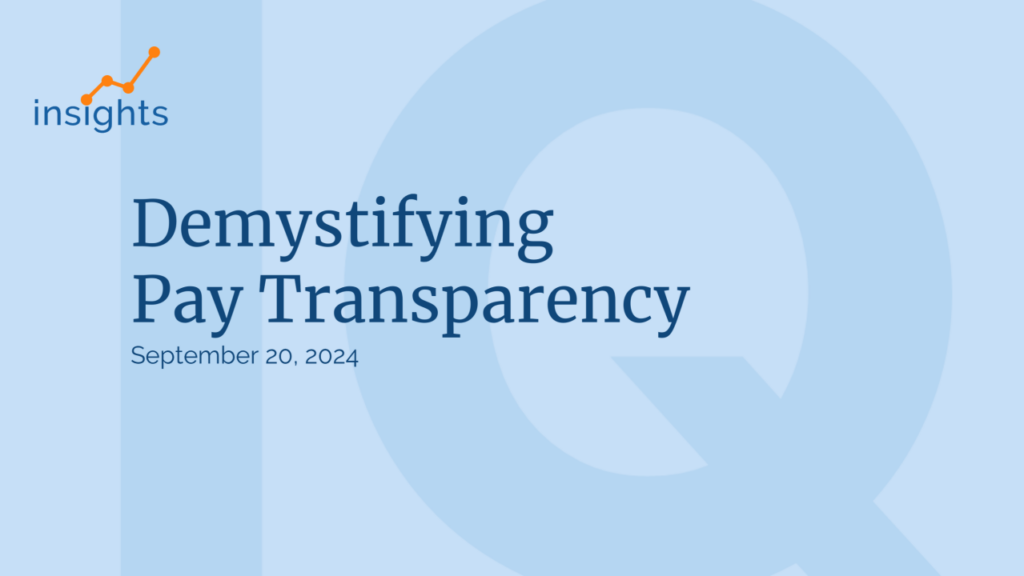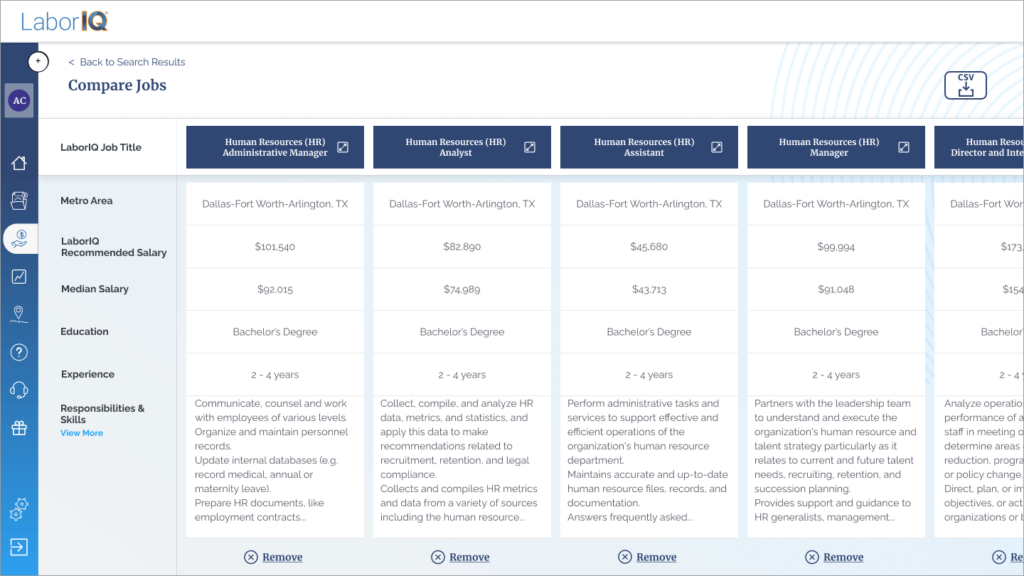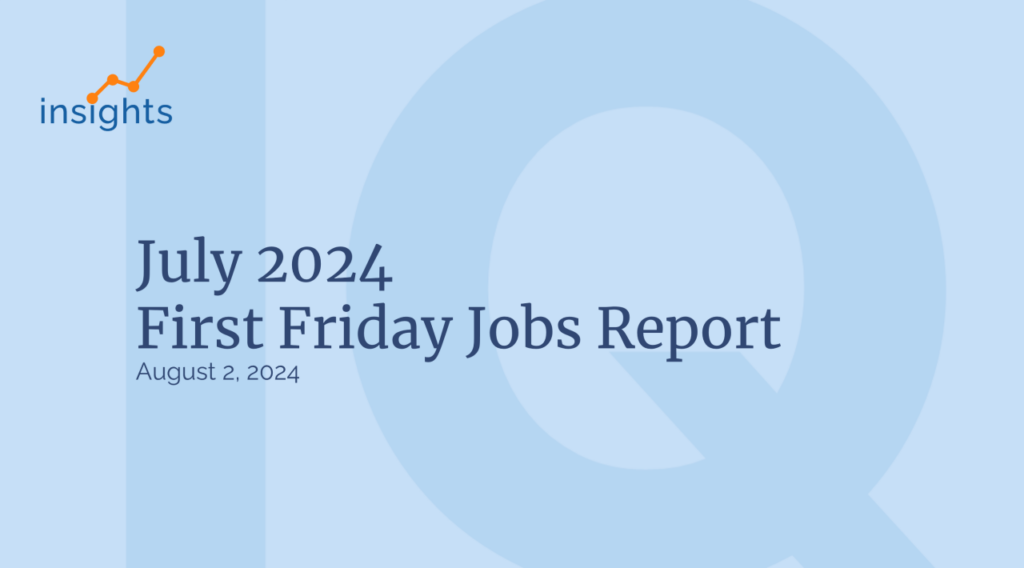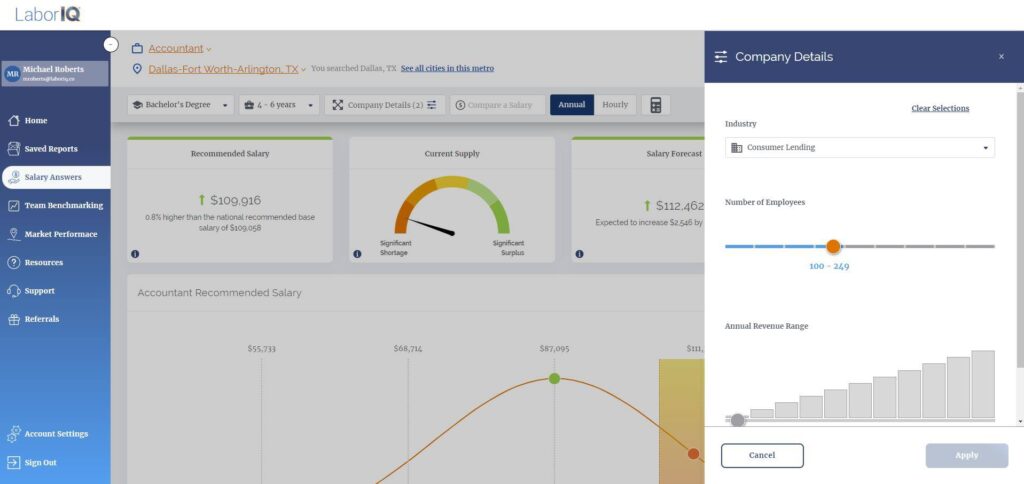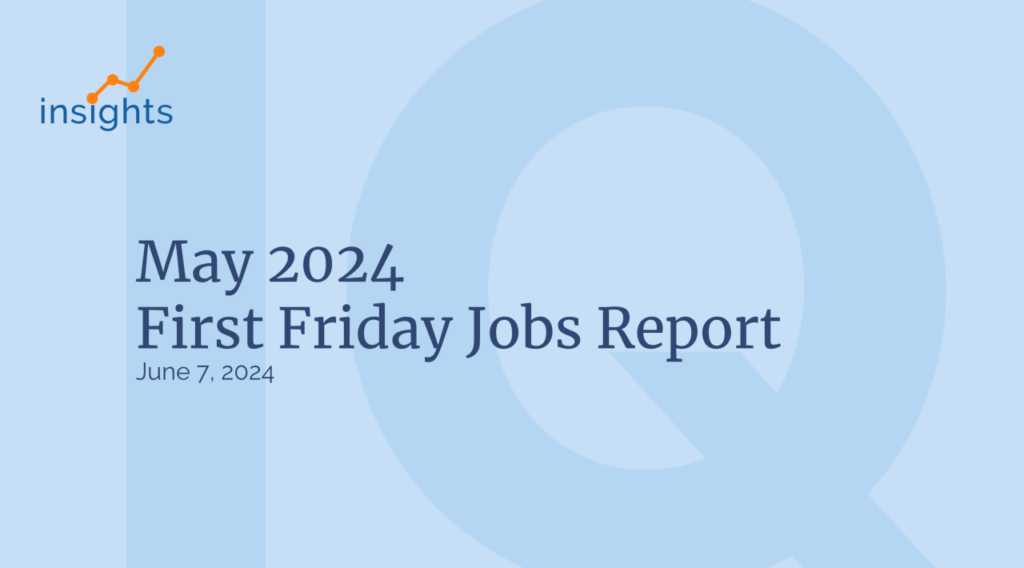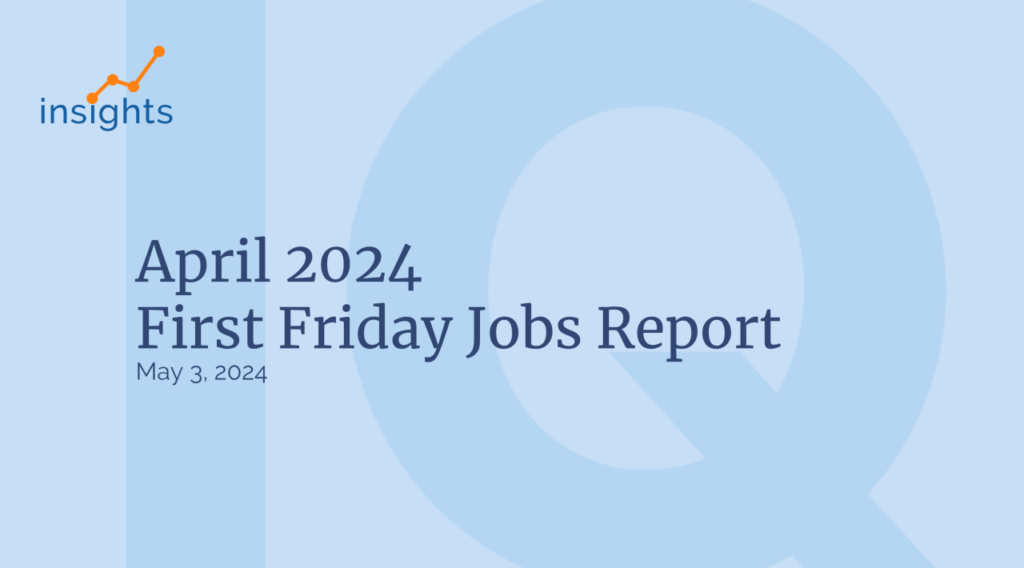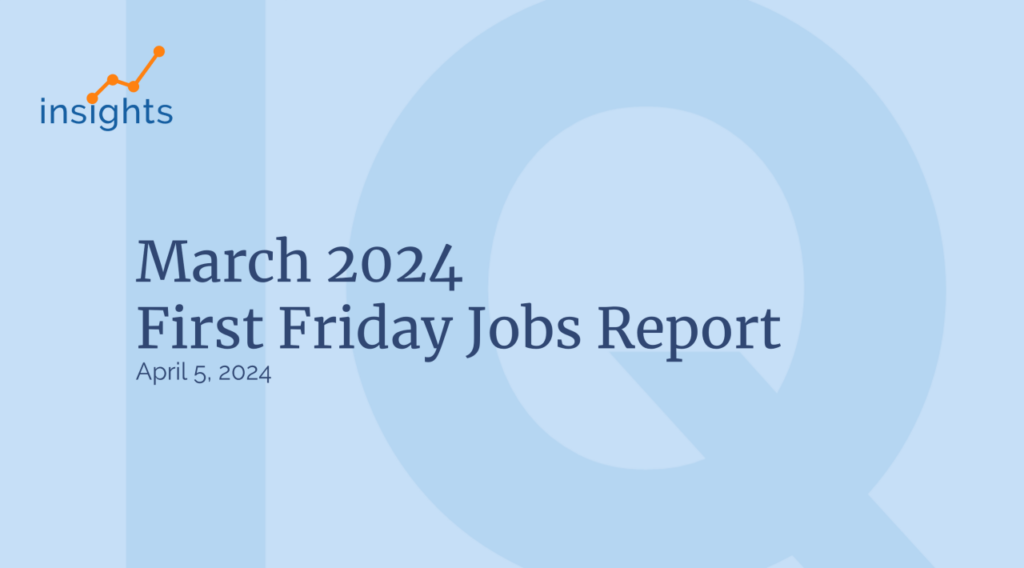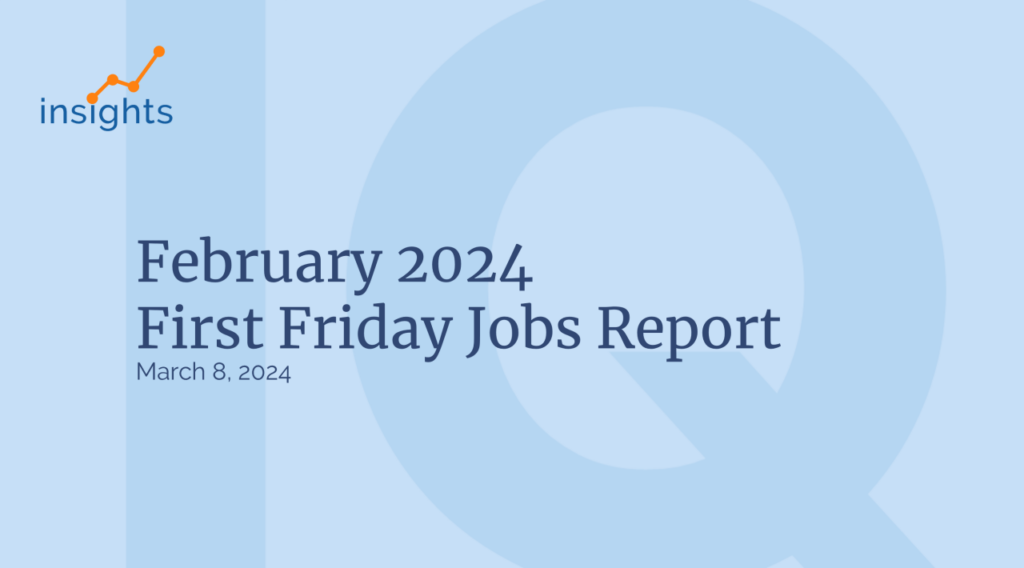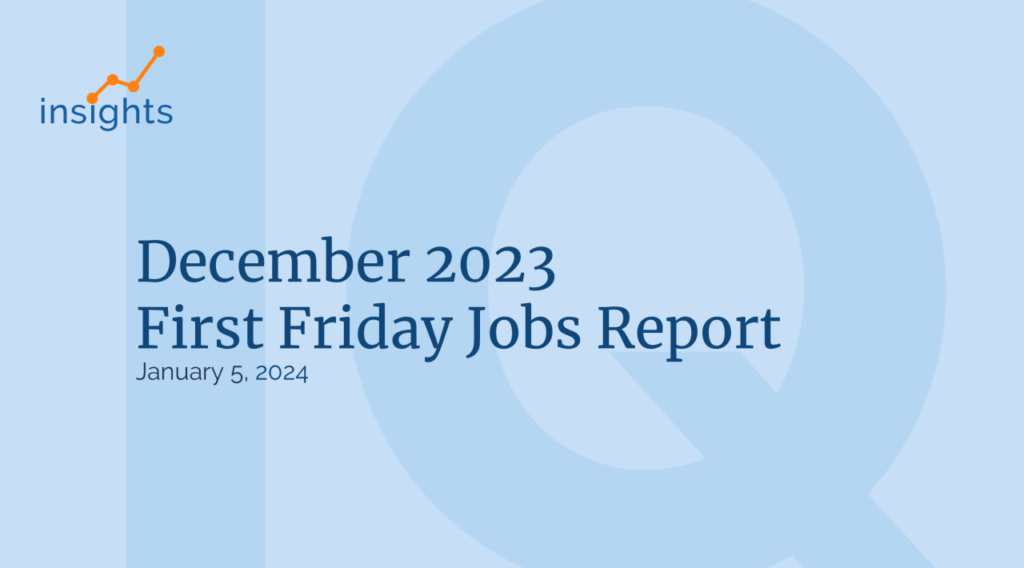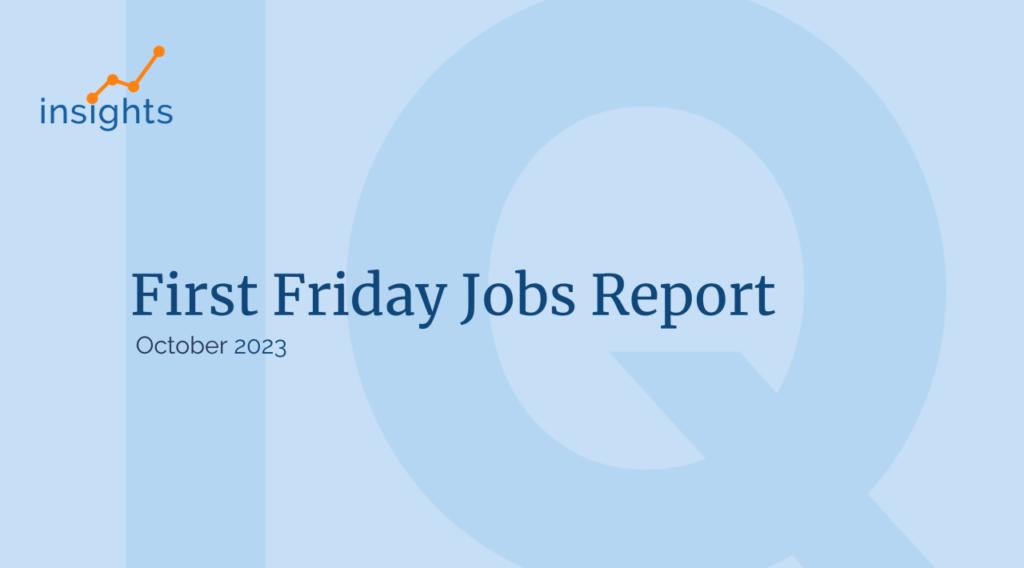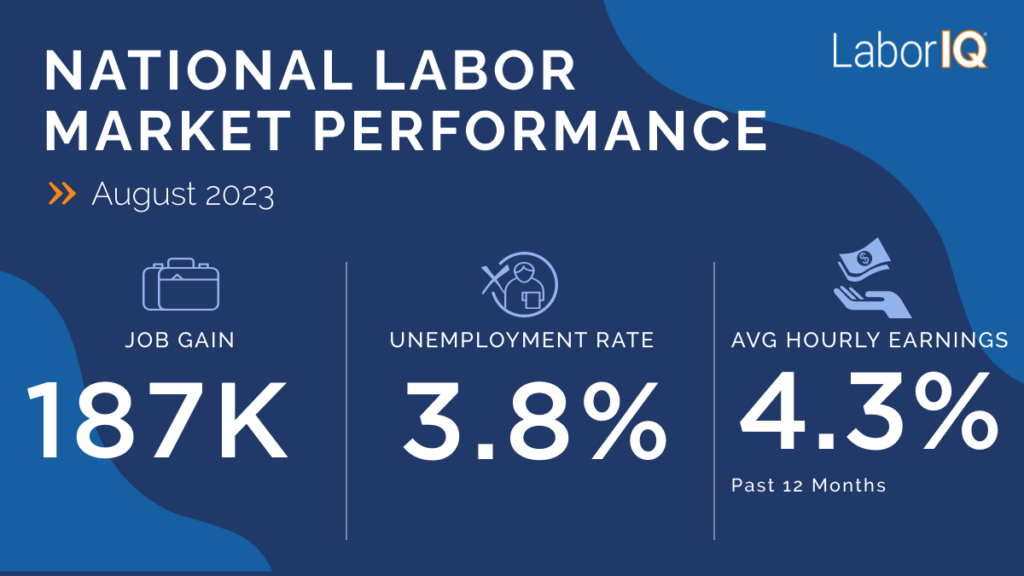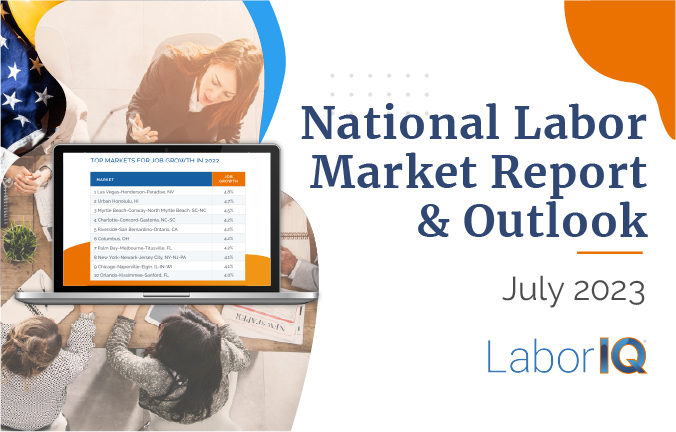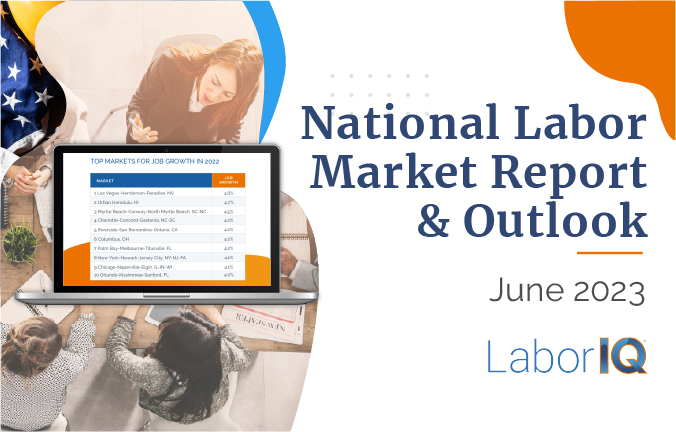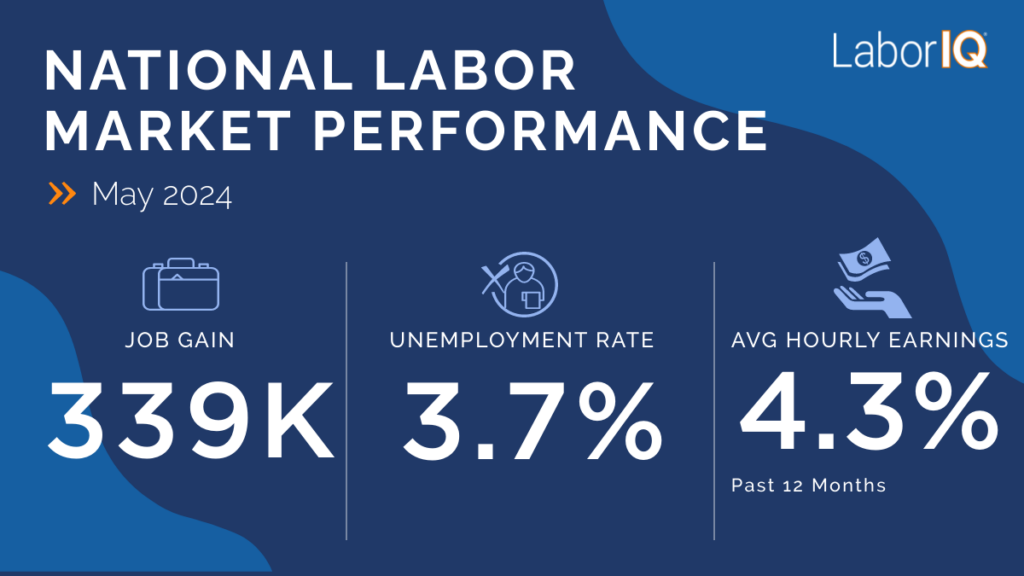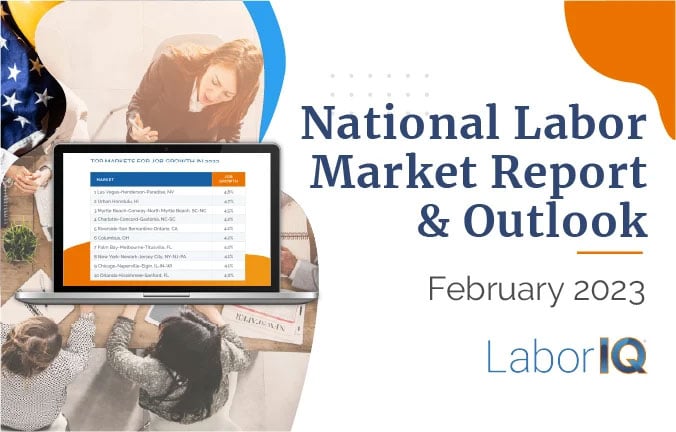Now that you understand why pay bands have become such an important part of HR, let’s look at the factors that go into building one. Most HR professionals struggle building pay bands because they don’t know where to start. And it’s easy to see why the idea of pay bands is overwhelming – there are so many factors that influence pay ranges!
By the end of this series, you’ll have a template to guide you, so you can confidently create and share your pay bands with leadership, employees, and job candidates. We’re presenting a comprehensive guide that reviews all of the factors that can influence a pay bands.
However, if you’re just starting out, focus on the basics – we suggest using location, education and experience requirements for each role. We will begin with those factors, and then dig into the numerous other factors that influence pay ranges if you’re looking for more detailed analysis.
The Building Blocks of Pay Bands
The most important part of a pay band is the job itself. This goes beyond job titles; it involves a thorough examination of the responsibilities, skills, and qualifications associated with each position. HR professionals must work with their hiring managers to analyze the details of each role to accurately determine where they fall within the organization’s pay structure. Here are the factors you should consider when evaluating each role within your organization, along with the impact each factor has on salary.
Job Title
The job title is the first point of reference for a position and can significantly influence salary expectations. Titles that imply seniority or specialization will usually command higher pay. For instance, a “Senior Software Engineer” will generally have a higher salary range – as well as education, skill, and experience requirements – than a “Software Engineer.”
Job titles are important, but they do not always mean the same thing across companies. Job title naming conventions can change based on industry norms and internal policies. The job title is just the starting point, and one of the many data inputs you’ll use to establish a pay band.
Location
Geography significantly influences salary due to varying costs of living and economic conditions. For example, New York City will typically have higher salaries for the same role, compared to lower-cost cities like Nashville or Minneapolis. However, supply and demand for specific roles in a market can change these dynamics. If there’s a shortage of Accountants in Denver, and a high demand for accounting, pay for those roles may be higher than expected.
Location’s influence on salary is waning, however. Remote work has given workers the confidence to command higher salaries while working in lower cost of living areas in the country. While location-based pay adjustments are crucial for maintaining competitive and fair compensation, they should be balanced with equity concerns in a distributed workforce.
Experience
Experience typically refers to an individual’s work history in the current role or similar roles. The required and preferred years of experience set a baseline for the ability level expected of someone in the role. More experience in the role or a similar is typically associated with higher pay. However, it’s essential to distinguish between required and preferred experience to maintain flexibility in hiring and to avoid overpricing the role or excluding too many candidates.
There is likely a point where additional experience no longer commands a higher salary. For example, a social media marketer with 15 years of experience may not be able to command a higher salary than a social media marketer with 10 years of experience. But someone with 10 years of experience very likely can command a higher salary than an individual with 1 year of experience. The importance of experience will vary from role to role.
Education
Education levels can justify higher pay, particularly for roles requiring specialized knowledge or advanced degrees. A position requiring a master’s degree will generally have a higher salary range than one needing only a bachelor’s degree. Nonetheless, the practical impact of education on job performance varies, making it one of several factors in determining pay.
Additional Job Factors
If you’re ready to go beyond the basics of the job description, the following factors also influence the market pay range for a role.
Industry
Industries have unique market dynamics, compensation benchmarks, and competitive pressures that significantly influence salary structures. For instance, technology and finance sectors often have higher pay scales due to the demand for specialized skills and the rapid pace of innovation. In contrast, industries like retail or hospitality may have lower pay, reflecting the different nature of roles and the labor market conditions. Additionally, regulatory requirements and union agreements in certain industries can also dictate minimum wage levels and benefits, further shaping pay bands.
Responsibilities
Key responsibilities define what is expected from an employee, and there’s often a direct correlation between responsibilities and pay. Roles with more or increasingly complex responsibilities, or those critical to business operations, are compensated more generously. Identifying specific responsibilities helps provide the nuance and differentiation in roles that may have similar titles. Of course, the clearer the responsibilities are, the better. Responsibilities should be defined and shouldn’t be understated to justify a lower pay band. Accurate responsibility mapping ensures that compensation is aligned with the true impact of the role.
Certifications
Certifications demonstrate a recognized standard of expertise and can influence salary. Sometimes certifications are required and therefore have no impact on the salary, since it is a common denominator across all candidates. But preferred certifications are sometimes used by candidates to stand out and might provide companies with greater trust in their ability to provide good work. That work would command a pay premium. The value of certifications in compensation depends on industry standards and a company’s preference for the qualifications of their employees.
Skills
Both technical (hard skills) and soft skills are crucial in determining pay. Technical skills are often more quantifiable and directly tied to job performance, thus leading to higher pay. This might come in the form of a technical test during an interview process, or some other demonstration of technical ability, and candidates that possess these skills may command greater pay. Soft skills, such as leadership or communication, while harder to quantify, are equally important and can influence compensation. The key is to balance these skills appropriately in the pay structure.
Work Environment
The work environment, whether remote, hybrid, or on-site, affects compensation. On-site roles might include additional pay for commuting or living in higher-cost areas, while remote roles might offer lower pay due to reduced overhead costs. Physical requirements can also impact pay, particularly for roles demanding significant physical effort or risk. High risk jobs tend to have a low applicant pool, which often means the demand for labor outpaces supply, and compensation is typically on the higher end.
Market Factors
Establishing Market-Driven Salary Ranges
Central to the process of defining roles within pay bands is establishing salary ranges that reflect the market value of each position. This requires comprehensive market research, industry benchmarks, and regional variations in compensation rates. By aligning salary ranges with market norms, organizations can ensure that their pay bands remain competitive and attractive to current and potential employees. Here are the market factors to consider:
Competitive Pay
Market compensation benchmarking data provides insights into prevailing wage trends and average compensation levels for similar roles. By analyzing market compensation data, HR professionals can ensure that their pay scales are competitive, helping to attract and retain top talent. Industry benchmarks offer standardized metrics for compensation, enabling organizations to position their pay bands in line with industry norms and avoid underpaying or overpaying employees.
Competitor salaries provide a direct comparison with peer companies, highlighting where adjustments may be needed to remain attractive to potential hires and avoid turnover if current employees caused by employees leaving for higher pay. While these external data points are essential for maintaining market competitiveness, they must be balanced with internal factors such as budget constraints and organizational strategy to create a sustainable and fair compensation plan.
Looking ahead, we’ll dive into the practical aspects of pay band implementation. We’ll examine the intricacies of defining roles, complying with pay transparency regulations and sourcing the best data in the market to build your pay band structure.
Internal Factors
Budget Constraints
Financial constraints are a crucial internal factor that influences compensation structures. Every organization operates within a financial framework that dictates how much can be allocated to salaries and benefits. HR professionals must balance the need to offer competitive pay with the realities of the organization’s financial limits. This means that while market data and industry benchmarks provide a guideline, the actual compensation packages must be tailored to fit within the company’s budget.
Budget constraints can limit the ability to offer top-of-market salaries, but they also encourage creative compensation strategies, such as offering performance-based bonuses, equity options, or other non-monetary benefits. Ensuring that compensation plans are financially sustainable helps maintain the organization’s overall health and prevents potential layoffs or cutbacks in other areas.
Strategic Goals
An organization’s long-term vision and strategic objectives determine the hiring strategy, along with the level of talent needed to achieve those goals.
For instance, a company aiming to lead in innovation might prioritize investing in high-caliber research and development talent, offering premium salaries to secure top performers in the field. Conversely, a firm focused on cost consciousness might emphasize operational efficiency and competitive pricing, which could influence a more conservative pay structure.
Aligning compensation with strategic goals ensures that the organization is investing in the areas most critical to its success, fostering a workforce that is motivated and capable of driving the company’s objectives forward.
Career Progression
Career progression opportunities impact compensation structures. Clear pathways for advancement and professional growth can enhance employee satisfaction and retention, making them a crucial consideration for HR professionals.
When designing pay bands, it’s essential to account for potential salary increases associated with promotions and career development milestones. This includes setting competitive entry-level salaries that allow room for growth as employees gain experience, skills, and responsibilities.
Structured career progression ensures that employees see a tangible link between their performance, skill development, and compensation increases, fostering a culture of continuous improvement and long-term commitment to the organization. Balancing initial salary offerings with potential future earnings ensures that compensation remains attractive at all career stages.
Navigating State and Regulatory Requirements
Regulatory requirements are one of the primary drivers behind organizations adopting pay bands and establishing more formalized compensation structures. Even though pay transparency laws don’t directly dictate salary amounts or pay ranges, these regulations do influence how roles are positioned in the market, which can subsequently affect compensation negotiations and final salary numbers.
Organizations must navigate these regulatory landscapes carefully to avoid legal pitfalls and maintain a positive employer brand. Adhering to these requirements ensures transparency and fairness in the hiring process, which is essential for attracting top talent and fostering trust with potential employees. Here’s an overview of some key states and a brief description of their transparency laws (this is not a comprehensive list, as states continue to draft and implementing new laws)
| State | Requirement |
| California | Employers with 15 or more employees must include pay scales in job postings. |
| Colorado | All employers must disclose the salary range and a general description of benefits in job postings. |
| Connecticut | Employers must provide wage range information to applicants upon request or before or at the time of an offer. |
| Maryland | Employers must provide the wage range for a position upon request by the applicant. |
| Nevada | Employers must disclose the wage or salary range after an applicant has completed an interview for a position. |
| Rhode Island | Employers must provide the pay range for all positions. |
| Washington | Employers with 15 or more employees must provide the minimum and maximum salary information, as well as share job transfers and promotion information at an employee’s request |
These rules, like Colorado’s, often apply to employers not incorporated in the state but hire anyone in the state. By understanding and adhering to these regulatory requirements, organizations not only ensure legal compliance but also foster a transparent and equitable recruitment process.
This transparency can enhance the company’s reputation, attract high-quality candidates, and ultimately lead to a more motivated and satisfied workforce.
What’s next?
With a list of all the factors, now’s the time for the fun part. Let’s put this into practice by using these factors to put together a salary band for a specific role. In our next article, we’ll create a pay band for an accountant in the Dallas-Fort Worth area.







